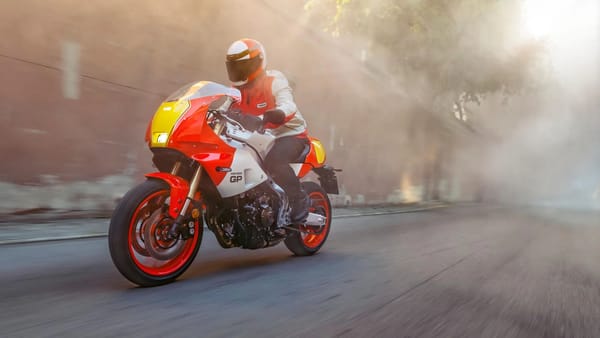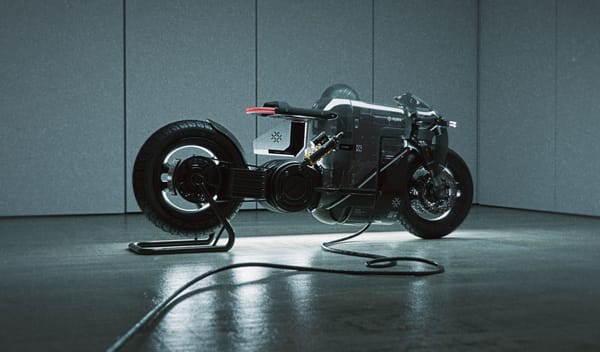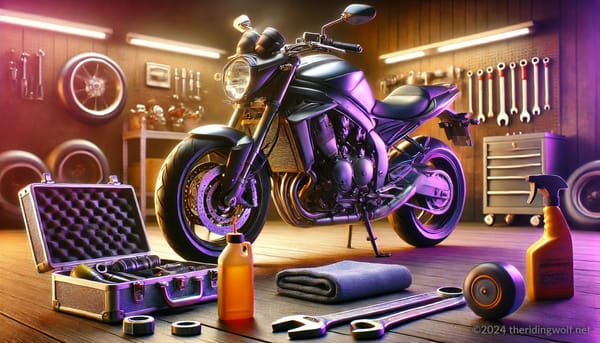Motorcycles to Kickstart Your Journey

Selecting the right motorcycle as a beginner is crucial for a safe and enjoyable riding experience. Beginners should look for bikes that offer a balance of manageable power, ease of handling, and comfort. Here’s a guide to help you make an informed choice:
1. Engine Size and Power
For new riders, it’s generally advisable to start with a motorcycle that has a smaller engine size. Bikes with engines ranging from 300cc to 500cc are often recommended. These motorcycles provide sufficient power for learning without overwhelming new riders. Larger engines can be more challenging to handle and might be better suited for more experienced riders.
2. Weight and Handling
A lighter motorcycle is easier to handle and maneuver, making it ideal for beginners. Heavy bikes can be cumbersome, especially at low speeds or when stopping and starting. Look for motorcycles that are lightweight and have a low seat height, which can improve confidence and control.
3. Type of Motorcycle
Different types of motorcycles cater to different riding styles and needs. For beginners, the following types are often recommended:
- Standard/Naked Bikes: These offer an upright riding position and are generally more comfortable and versatile. Examples include the Honda CB300R and the Yamaha MT-03.
- Sportbikes: While these bikes offer sporty performance, beginners should opt for smaller, less powerful models. Bikes like the Kawasaki Ninja 400 provide a good balance between performance and manageability.
- Cruisers: Cruisers often have a low seat height and relaxed riding position, which can be more comfortable for new riders. The Harley-Davidson Street 500 or the Yamaha V-Star 250 are examples that are beginner-friendly.
- Dual-Sport/Adventure Bikes: These bikes are versatile and can handle a variety of terrains. The Suzuki V-Strom 250 or the Honda CRF300L are good examples for those interested in off-road riding.
4. Safety Features
Look for motorcycles equipped with modern safety features. Anti-lock Braking Systems (ABS) are particularly useful as they help prevent wheel lock-up during braking, enhancing stability and control.
5. Cost and Insurance
Consider both the purchase price and the cost of insurance. Beginners might want to start with a more affordable model, as insurance rates can be higher for larger and more powerful bikes. Check insurance premiums before making a decision.
6. Training and Experience
Regardless of the bike you choose, taking a motorcycle safety course is highly recommended. These courses teach essential riding skills and safety practices that can help build confidence and competence.
Popular Beginner Models
- Honda CB300R: A lightweight, easy-to-handle standard bike with a manageable engine size.
- Kawasaki Ninja 400: A sportbike offering a good balance of power and control.
- Yamaha V-Star 250: A cruiser with a low seat height and comfortable riding position.
- Honda CRF300L: A dual-sport bike suitable for both on-road and off-road adventures.
In conclusion, the ideal motorcycle for beginners should be manageable in terms of power and weight, comfortable to ride, and equipped with necessary safety features. Starting with a bike that fits these criteria can help new riders build confidence and skills, ensuring a more enjoyable and safe motorcycling experience.




